As the new year began and students returned to campus, one of the most prominent changes noticed was the addition of blue light emergency stations. Each station, made prominent by its glowing blue light and stark, white letters vertically spelling out “EMERGENCY” along the side, serve a wide variety of purposes here on campus.
The black button calls campus security and the red button calls 911 emergency services. Director of Facilities Services Christopher Eichorst said there are certain situations in which each button is preferable.
“First off, if it’s a medical emergency, 911 right away. If life and limb or your safety is jeopardized, I would use 911,” Eichorst said.
Eichorst said he would suggest pressing the security button in a situation where a student would like an escort or feels they are being followed.
“If you’re in danger, that would be a safe place to go and reach security,” Eichorst said.
Additionally, Eichorst said that the stations may serve a proactive purpose as well.
“It’s also kind of a deterrent for anybody who plans to do harm. If they see those, hopefully, that’s something that won’t ever happen in the first place or they won’t even try anything,” Eichorst said.
In regard to crime on campus, according to a report released by the Security Office last year, crime from the periods 2008 to 2010 time period was limited to thefts (mainly of bikes), liquor law violations and vandalism. However, over the past two years, more violent crimes have emerged. According to the Whitworth Security Office crime logbook, five cases of assault were reported to campus authorities between 2011 and 2012.
Despite this relatively modest increase in violent crime, administrators don’t acknowledge this as the sole reason for the construction of the stations. Moreover, their construction was decided on for a variety of reasons other than contact to emergency services.
Of all the features these stations offer, the one that school officials agree will be most commonly utilized is the stations’ ability to act as a campus-wide loudspeaker system.
“It has a capability to communicate with the campus, and those things are loud,” Eichorst said. “Also, in the case of really ugly scenarios when someone wants to come onto campus and do harm, it’s another way of contacting the general public as well as ‘Rave’ on cell phones.”
‘Rave’ is the current warning system employed by Whitworth and is defined as “a text messaging service, to send notices about ongoing, life-threatening emergencies to mobile devices of students, parents, faculty and staff who sign up for the service,” according to the Whitworth “Emergency Response” section of the university website.
Originally, the idea for increased security measures came into play after the school shootings across the country such as the Virginia Tech shooting.
“The whole industry began looking at ‘how would you notify people of something like this?’” said Brian Benzel, Vice President of Finance and Administration. “We’re trying to catch up and be preventative.”
However, what really brought the idea of increased security to a head was an incident last summer involving two sheriff deputies getting shot just outside university grounds.
“We had no way of making an announcement to people to come indoors, so we ended up doing work-arounds. We had people walking out there, it was slower, but that’s an example of how [the stations] might work,” Benzel said. “It’s part of an overall effort that is continually underway to look at best practice and how we would communicate in the case of emergency. This fills a big gap that we identified several years ago.”
Additionally, Marisha Hamm, Manager of Environment Health, Safety and Risk Management, said that the stations are one way to fulfill the university’s legal requirement to have mass communication on campus.
Also, video camera units attached underneath a few of the blue lights of the stations. Administrators have explained that these cameras are an additional effort to boost security around campus and expand on the services that the emergency stations provide.
“These were installed partly to increase physical security; we’ve had bicycle thefts and incidents that take place. We don’t have anybody monitoring them in real time, unless something’s happening,” director of information systems Ken Brown said.
Additionally, Brown said that those cameras could be helpful in a case where someone pushed a button and security needed to see what was happening then.
“Particularly if somebody felt threatened or endangered by somebody else, the activity in the proximity of the blue light would be available to security as the event was happening or as a follow-up in case somebody needed to take action.”
For now, only a few cameras have been installed, but more are scheduled to follow.
President Beck Taylor said he believes the stations will create a safer environment in which to learn, live and work. He also said he is confident that the stations will be utilized on a more consistent basis when students begin to use them for day-to-day mishaps and help from campus security.
“Currently, most calls to security are requests for safe rides, and for assistance in unlocking buildings, offices and car doors. We anticipate these calls will continue,” Taylor said. “Of course, if there is a more serious need, by using the blue light security system, students have the mechanism through which they can receive help.”
Taylor also added that, to date, the stations have not been used.
Story updated on 2-21-2013
Contact Connor Soudani at csoudani16@my.whitworth.edu

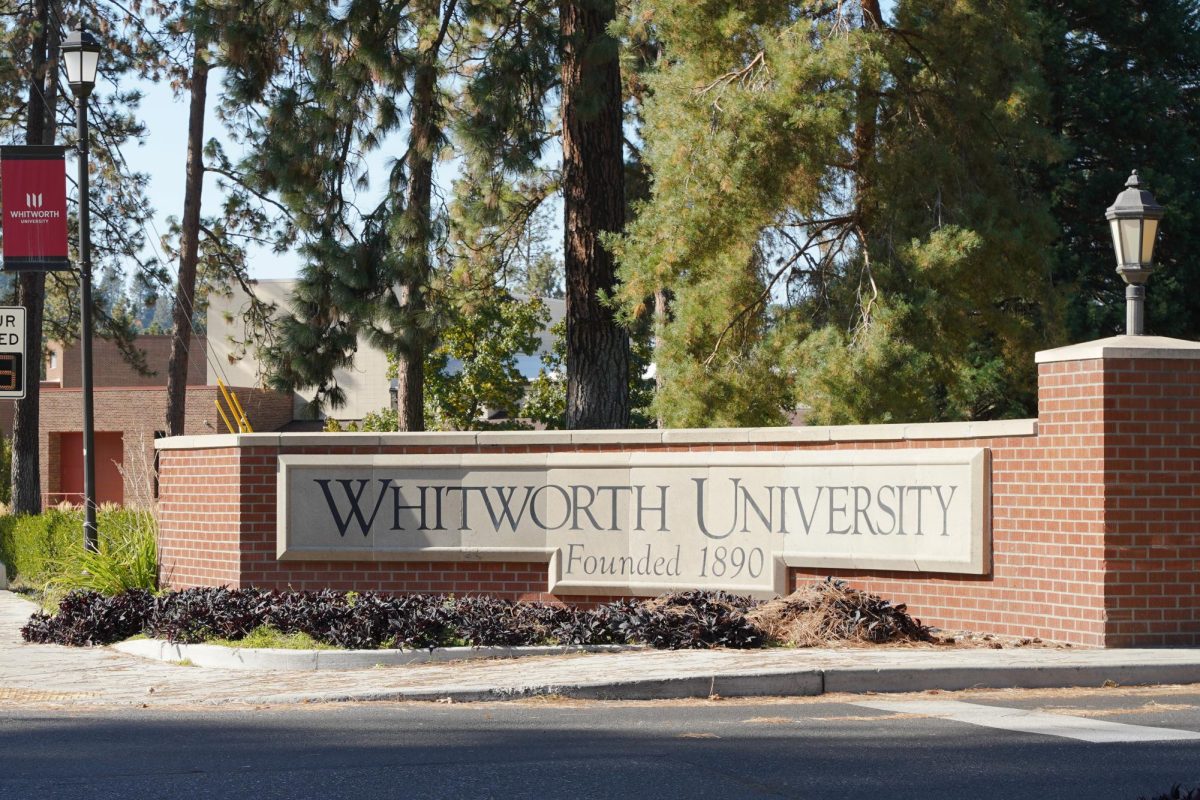
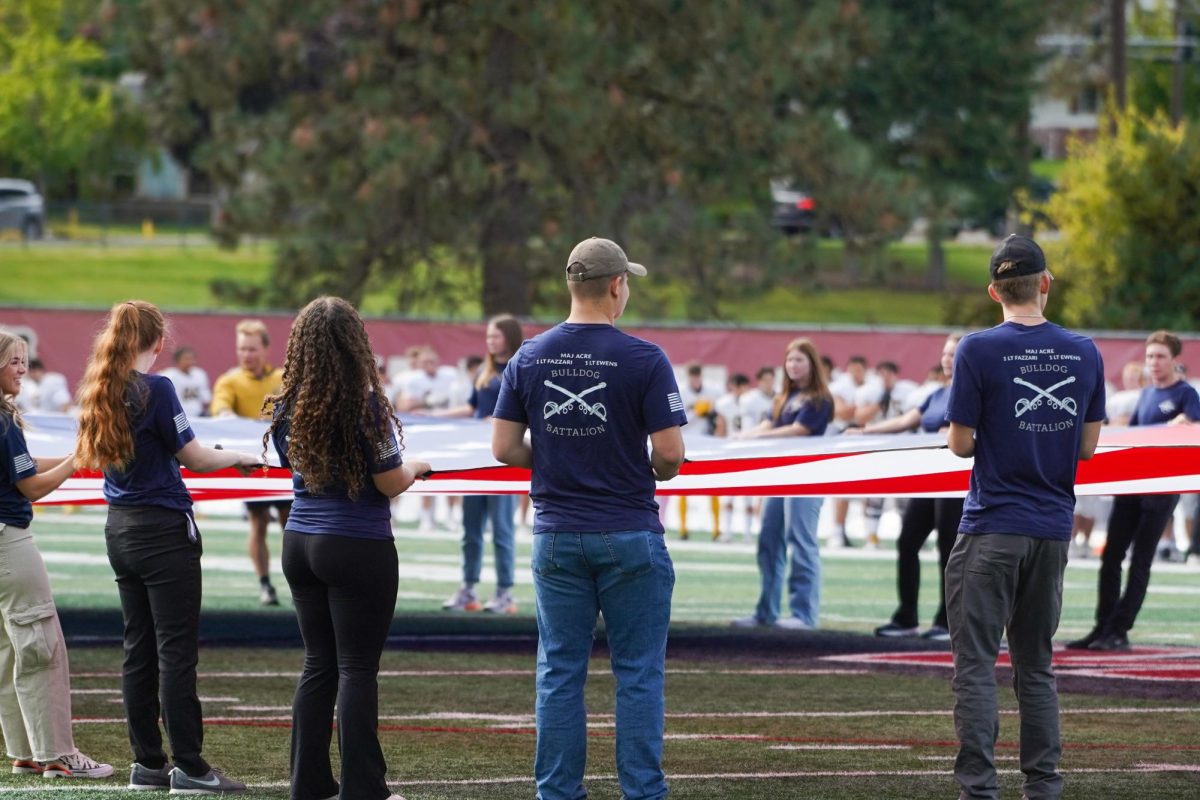
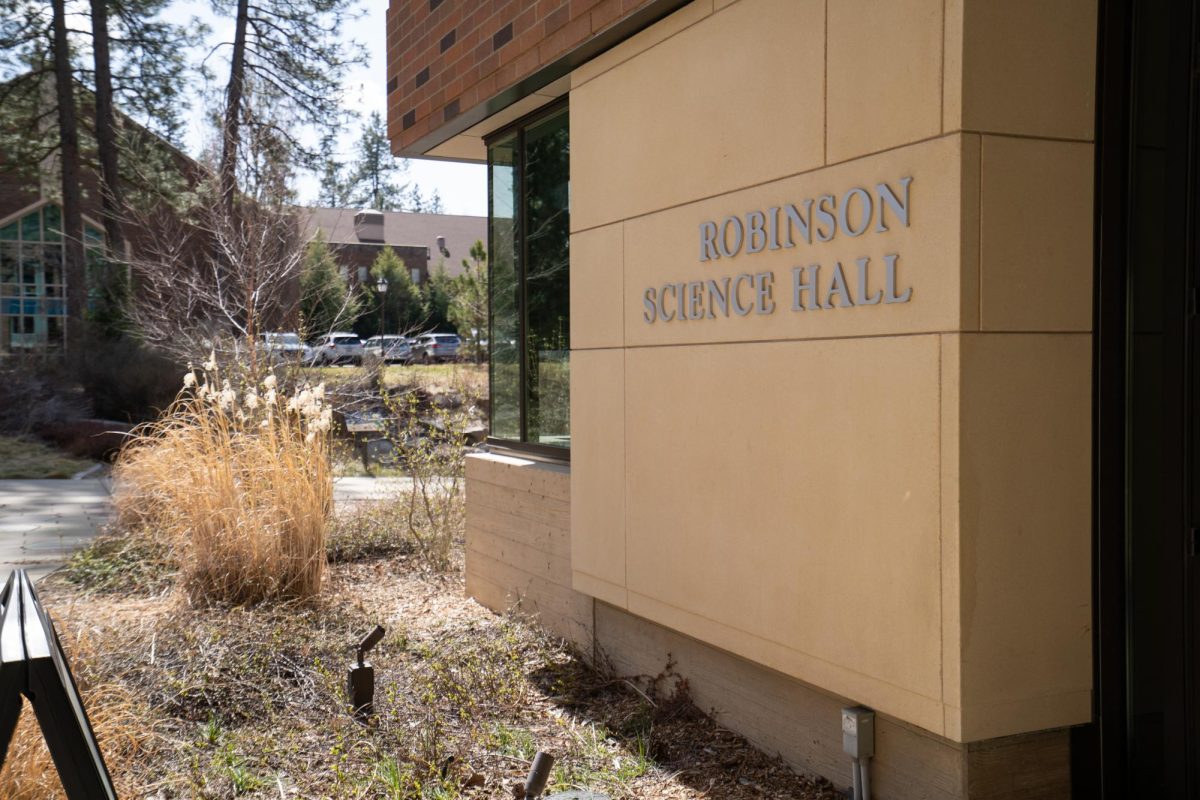
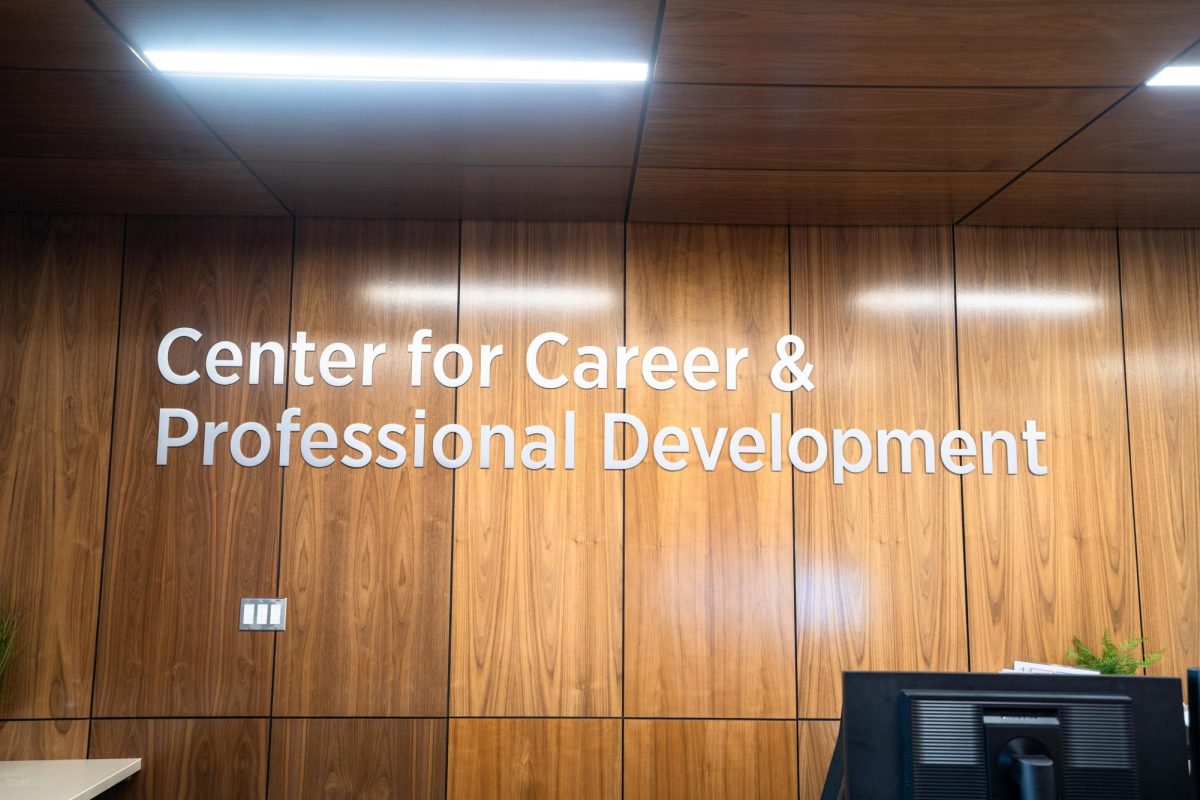
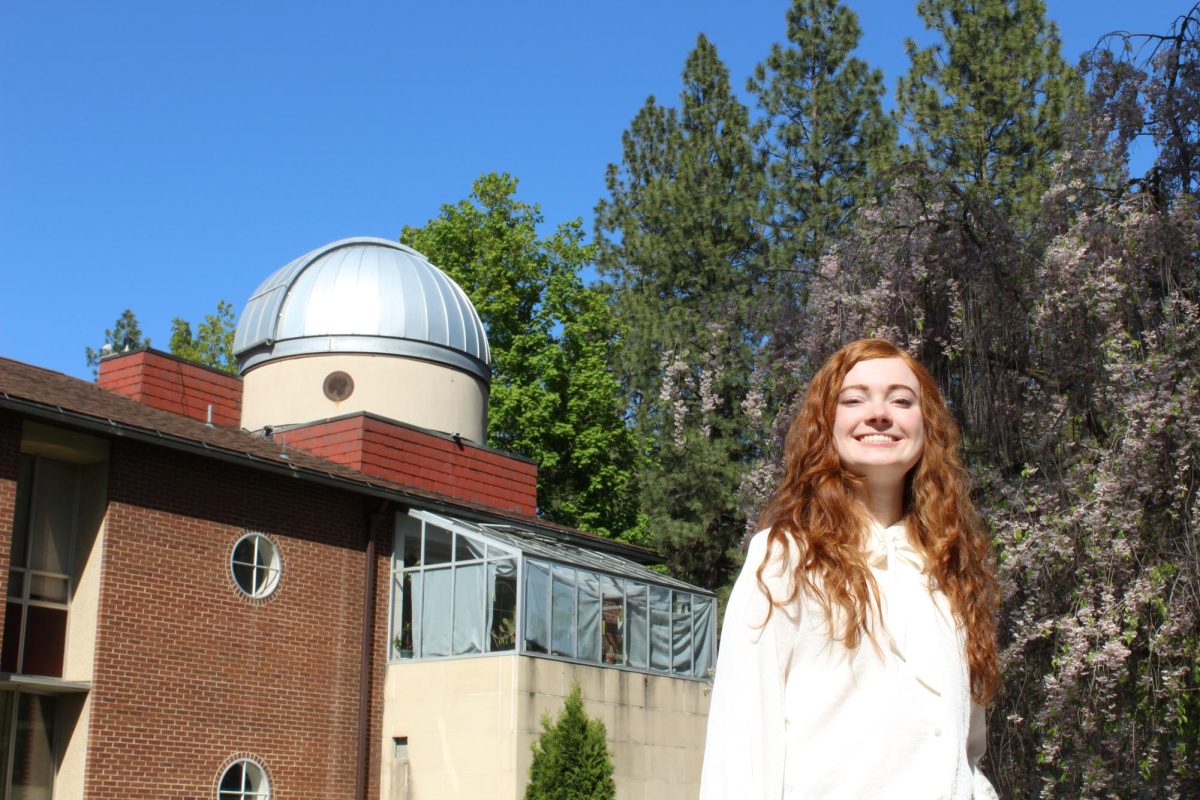
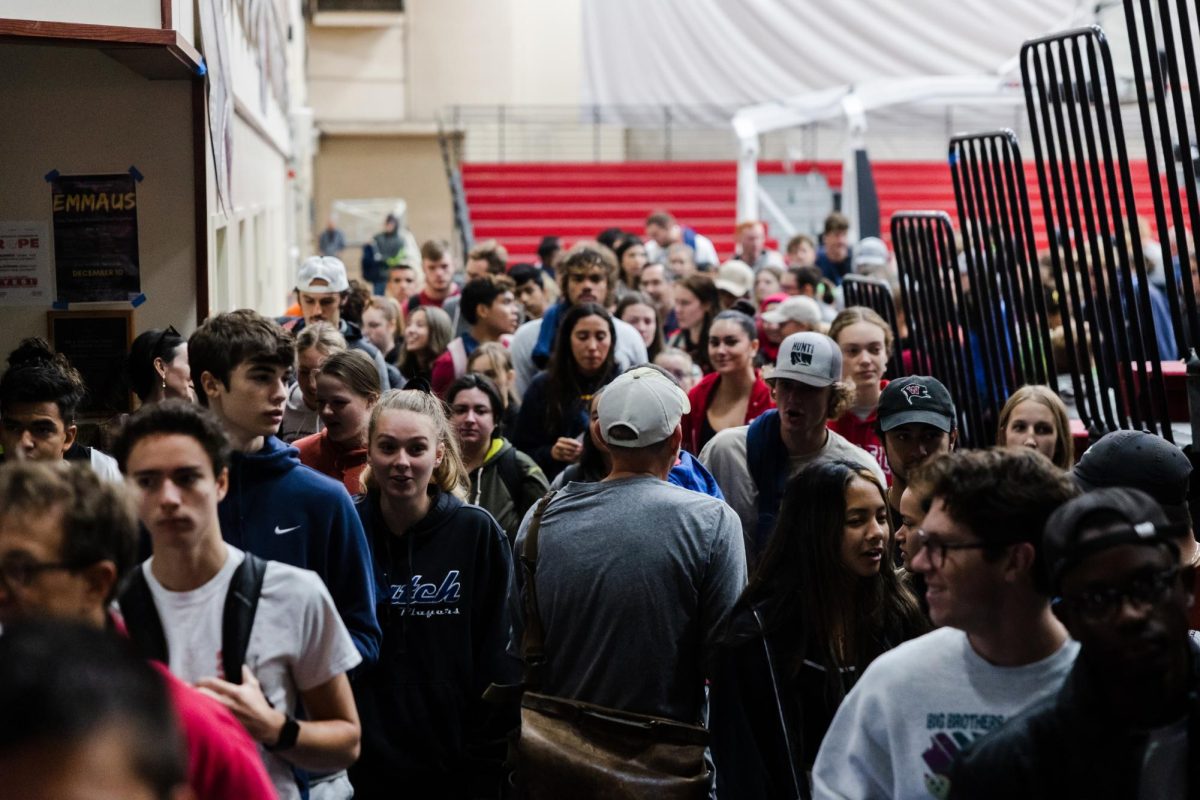
 Spokane?
Spokane?